Cargo ships are getting larger, but so are the risks
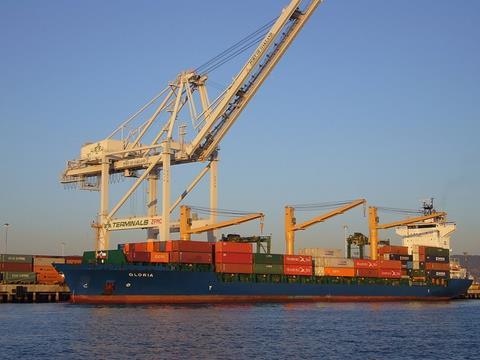
One area of marine where risk managers need to ensure that their insurance is evolving fast and adapting to the rapidly developing exposure is in cargo, and particularly the use of bigger and bigger vessels, such as the massive 18,000 TEU EEE vessels now being delivered to Maersk.
Bigger boats offer obvious economies of scale, but they also aggregate risk by bringing significant amounts of cargo together. “If something happens to the ship, [the loss is bigger],” says Carl Leeman, chief risk officer at Katoen Natie.
“For example, on fire risk, although the risks are getting better, they are getting bigger at the same time. There is a greater concentration of risk in a small area.”
Paolo Poddigue, marine manager southern European region at ACE, says: “It can take weeks to load and unload a vessel and, if for any reason, a vessel is delayed owing to a storm, it is not possible to merely switch to another ship. [This creates] a more attractive target for terrorists. There is also a greater pollution and fire risk. In addition, it’s not always clear what is in containers and with 18,000 [of them] on board the risk of one containing explosives or another dangerous material is obviously higher.
“For insurers, the major issue is always concentration of risk, and these vessels concentrate a lot of risk.”
Risk managers should also understand the exposure to their supply chain represented by having a significant amount of cargo at sea at one time on one vessel.
“I’m not sure people are up to speed with this,” says Daniel Desjardins, senior director, global risk management and insurance at planes and trains manufacturer Bombardier. “I know that [Bombardier is], because we have had some new manufacturing challenges that have drawn us to look at it, and the size of these ships and the amount of cargo they can carry are frightening. These ships are big, but there are no ships of a sufficient size yet to load them, so it is important to consider the number of barges required to get the cargo on board. It is vital to look at loss prevention.”
In addition, because these ships require a deep water berth and can therefore use only certain ports, firms can face another inland leg. This creates an additional exposure.
“The schedules of shipping mean goods and containers are coming into fewer centres, which means concentration at those sites,” says Leeman. “If something happens at sea, and the [ships] need to get to port, they might have a long trip as a suitable port could be some distance away.
“In addition, there are changes in the harbour. Even competitors firms often co-operate to hire sites in ports and, instead of three or four sites, they rent one. This means that all the haulage operators that service these sites are all concentrated as well, which creates new risk. This situation is made worse because more and more [cargo] is going by road because it is cheaper.”
Desjardins says: “The issue has led us to do a real deep dive into our operations to look at not only the risk posed by our goods while on board, but while travelling to port and from the port on the other side towards their ultimate destination… It is vital to know what is going on and structure policies accordingly.”
General complex average
One area of particular concern for everyone is the rise in the number of complex general average (GA) claims associated with bigger vessels. “It is important that risk managers look at their exposure to this risk in a careful way,” says Cristiano Cavalieri D’Oro, marine claim supervisor at ACE Italy.
“A GA is a loss that arises from the voluntary sacrifice of part of a ship or cargo to save the residue of the ship or cargo or from extraordinary expenses incurred in protecting the interests involved under pressure of a common risk and that is shared proportionally by all parties concerned. When the vessel docks, the master refuses to release [an owner’s] cargo until it has paid towards the GA, which is why a marine cargo policy is necessary to take care of this. Then, [the owner’s] insurer will release a guarantee and it will receive its cargo. Otherwise, it will need to pay cash to take possession of its goods. In addition, many lawyers can become involved to resolve who pays what, which can be expensive.
“However, with the right insurance, again this [problem does not arise]. The owner gets its cargo and the insurer takes over.”
Downloads
Marine english a4
PDF, Size 0.36 mb





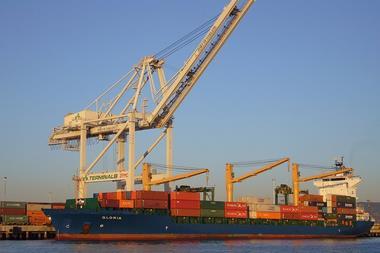
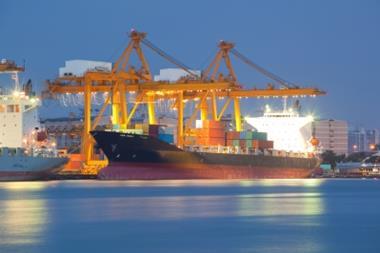
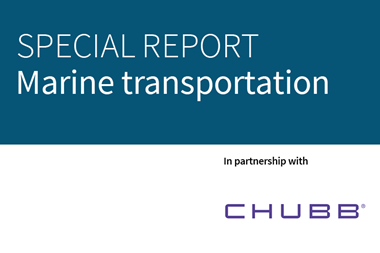
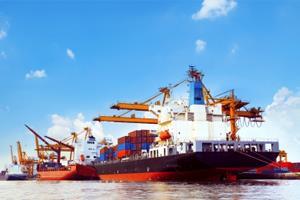

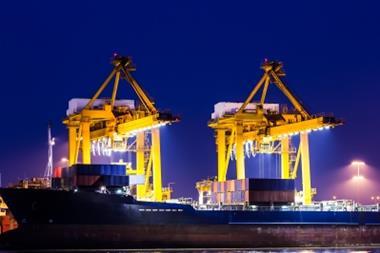









No comments yet